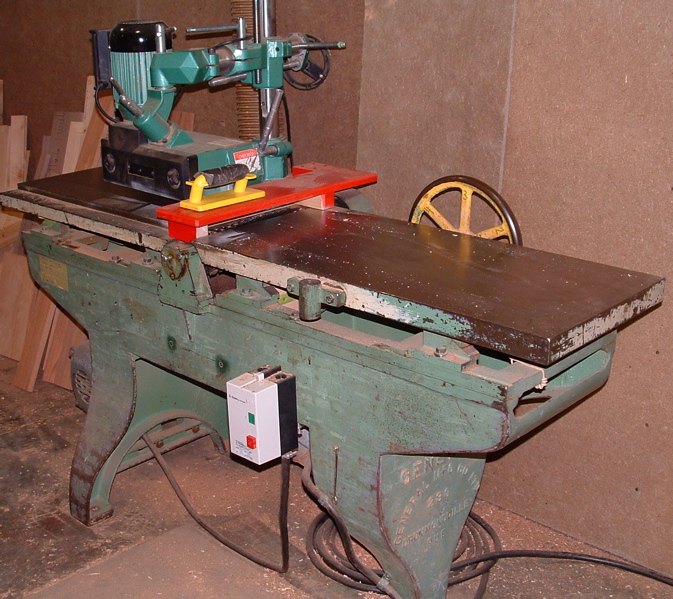Question
I'm looking for some tips for my grinding room. I have two shelving units with about 70 bins on each that have each customer's name and profile on the front. I try to keep everything alphabetical, but when we get a new profile for an existing customer or a new one that, say, falls under the "B" category, I have to move about 60 bins just to keep everything in line. (I'm running out of room.) Does anyone have a simple way of keeping their profile knives in order, besides the obvious (buy another shelving unit and spread it out)?
Forum Responses
(Solid Wood Machining Forum)
From contributor L:
How big are the individual bins? Can you subdivide them? Maybe get 3 or 4 clients per bin. That way when a new "F" client is brought into your filing system, you just put them in the "F3" (F1, F2, F3, F4) place. This way you could conceivably quadruple your space or better.
I can grind 'em, set 'em, and I know where everything is, but my boss comes down to see if we can use an existing knife profile for something else, and he gets lost big time. 2 shelving units that should be 1 big one. Each has its own law of order. I'll try to find those dividers. That will help create more space.
1. Log book cross referenced between moulding type (crown, casing, etc.) and customer. This will allow you to track down reorders by customers as well as allow you to show new customers a full range of your existing profiles.
2. Computer programs exist for keeping track of your profiles. I believe that Accurate Technology has a program of this mature.
3. I have seen several tool rooms that were set up by width of profile. This did not seem to work as well as a log book.
4. The simplest setup that I have seen used categories. It has shown to be fast and accurate.
a. Crowns were 100 series
b. Casings were 200 series
c. Bases were 300 series
